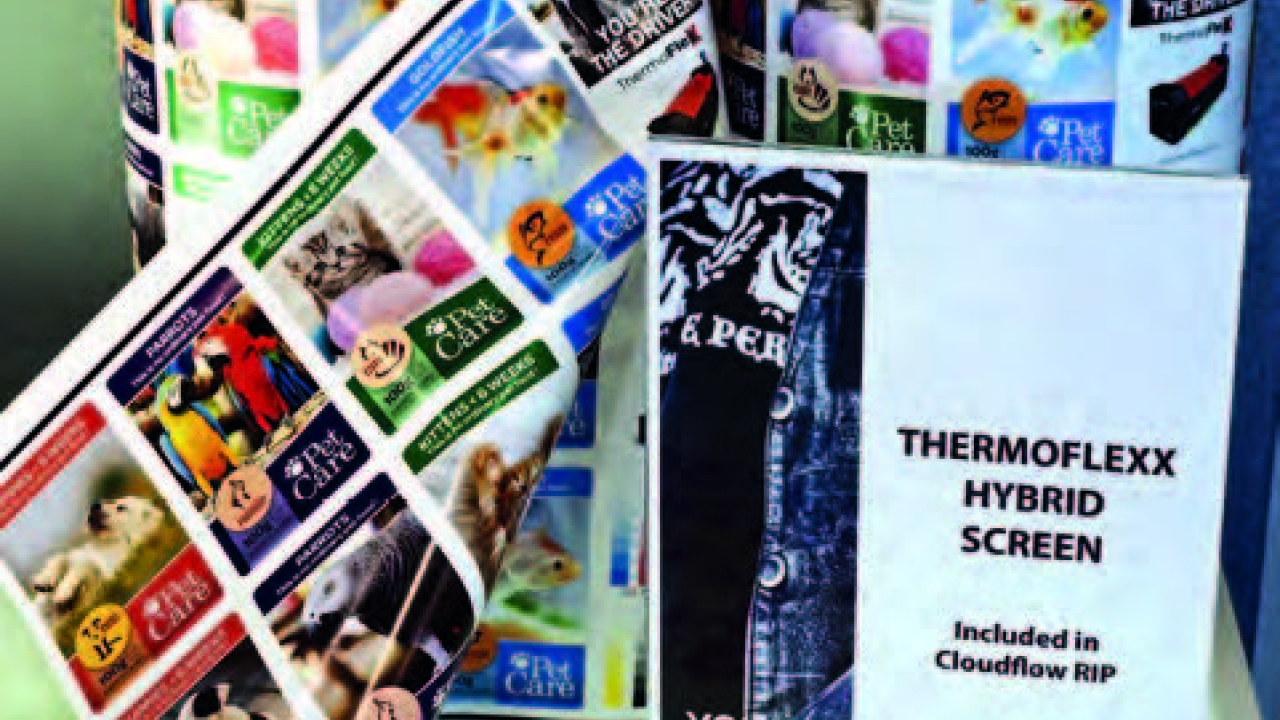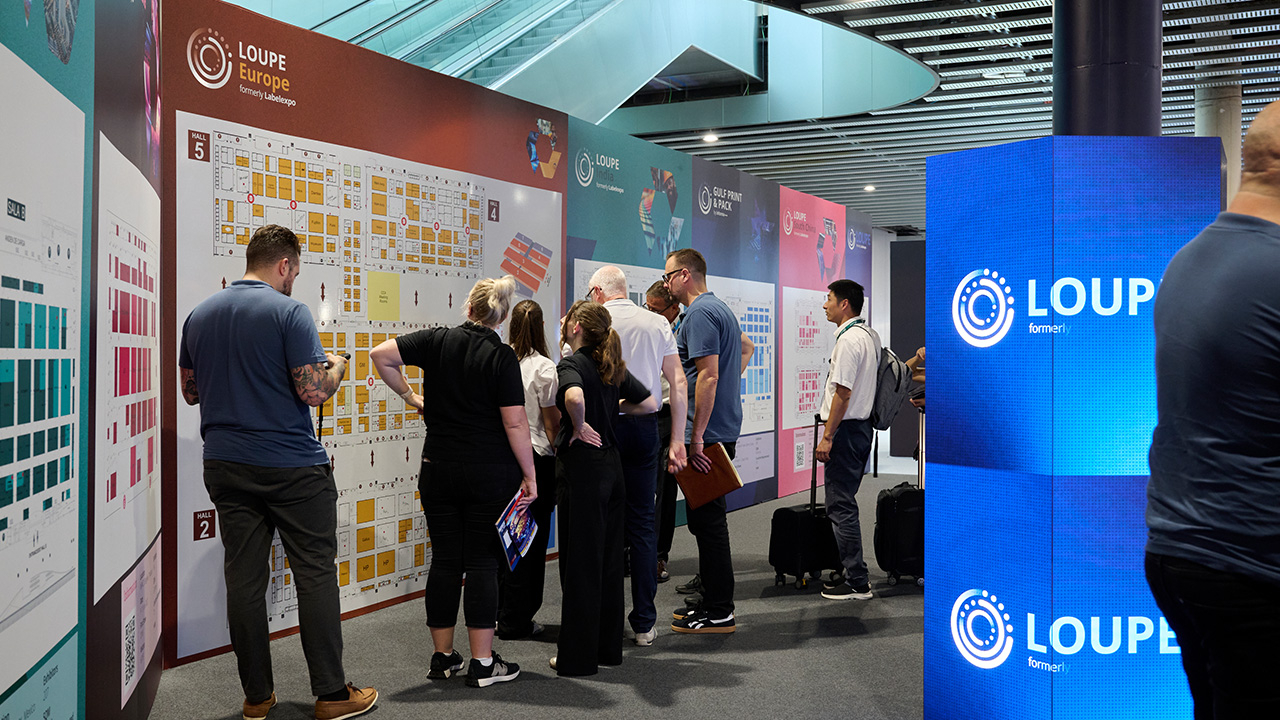Pushing the boundaries of flexo CTP

Flexo press manufacturers tend to claim the credit, but improved pre-press techniques play a key role in raising standards of flexo print quality. Much progress has been made with flexo plate imaging, using innovative screening technology, within specific production workflows. At a recent two-day open house, Xeikon Prepress showed its latest ThermoFlexX imaging technology at its plant in Ypres, Belgium (where it also makes basysPrint computer-to-plate units for offset printing).
ThermoFlexX was formed in 2012 when Xeikon Prepress acquired FlexoLaser and Eastman Kodak’s ThermoFlex brand. Since then it has developed partnerships and working relations with companies that form part of digital flexo plate workflows for tags, labels, folding cartons, flexible packaging and corrugated packaging. Among those present was Hybrid Software, which launched a new RIP for handling native PDF 1.6 files within its suite of modular Cloudflow software for interfacing with ThermoFlexX imagers (see boxout).
Connectivity based on open technology is a major issue for both companies. It means printers and trade platemaking houses can expose any of the leading polymer flexo and metal-backed letterpress plates on ThermoFlexX laser imagers. The same approach allows the seamless integration of existing workflows, such as those from Esko, Kodak and Agfa, as well as Hybrid Software’s own workflows. Users are therefore not necessarily dependent on a single consumables supplier.
The ThermoFlexX 60 has a maximum plate size of 1,067mm x 1,524mm (42in x 60in). It uses the same technology as the ThermoFlexX 80 with a 1,270mm x 2,030mm (50in x 80in) plate size, which debuted at Labelexpo Europe 2013. While primarily aimed at users with wide web flexo presses, both models also suit large-volume printers and trade houses that require high quality plates that combine a large number of jobs for increased productivity and lower material wastage. By contrast, the entry-level ThermoFlexX 18 has a plate size up to 508mm x 457mm (20in x 18in). Each of the six ThermoFlexX imagers in the range accepts 1-bit TIFF files generated by any workflow, RIP or front-end. They can handle any innovative screens, including hybrid or surface screens. The screened 1-bit TIFF file could be a single job file, which can be assembled on a template, or it could be an already assembled 1-bit TIFF plate.
Stay up to date
Subscribe to the free Label News newsletter and receive the latest content every week. We'll never share your email address.


